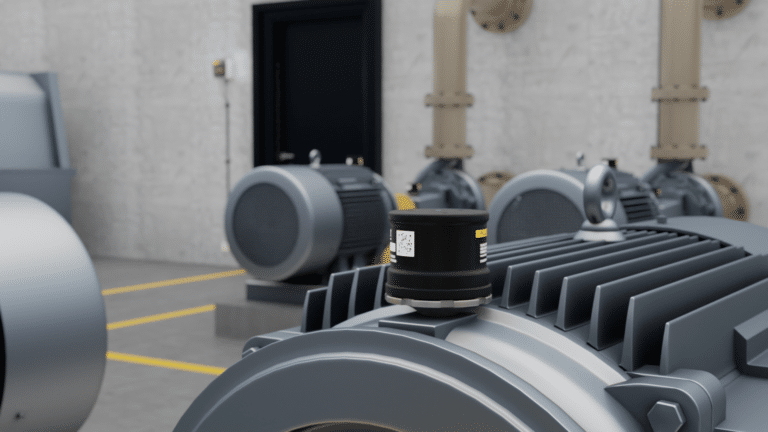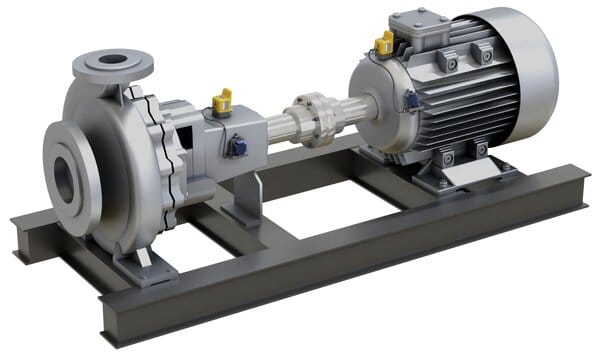Non-destructive testing, or NDT, refers to methods of testing materials, assets, and equipment without altering or harming them. NDT is not new. Non-destructive testing includes simple, time-tested practices, but it also includes modern approaches that rely on cutting-edge technology.
NDT methods can help you assess when your equipment needs to be replaced or repaired. NDT is a cost-effective and time-efficient approach to maintaining your assets and reducing the risk of unplanned downtime.
Why Use Non-Destructive Testing Methods?
NDT is an efficient approach for operations of any size, even those with limited budgets. In many cases, you won’t need trained technicians to carry out non-destructive testing. You also won’t need laboratory conditions or lots of extra time. There are exceptions, of course. But for the most part, you can perform NDT on-premises, without significant downtime. NDT also leaves your assets fully intact, in the same condition as before the tests were conducted, so you can start up your operations immediately after the test. In some cases, you won’t need to halt operations at all.
Destructive Testing vs Non-Destructive Testing Methods
Destructive and non-destructive testing have very different purposes and goals.
Destructive testing is normally carried out as part of the production process before a component is mass-produced. The goal of destructive testing is to determine the limits of the asset in order to define the normal operating range for the equipment. For example, destructive testing seeks to answer questions like: How much weight can you put on a piece of safety glass before it breaks? How long can flame-retardant material withstand a fire? Destructive testing pushes the material or asset to its limits and provides the data necessary for operating maintenance instructions.
In contrast, non-destructive testing is used to monitor the condition of the equipment that is already in operation. While destructive testing applies stress to an asset until it fails, non-destructive testing analyzes assets for potential defects, flaws, and wear and tear. The result? Once you locate defects and weak spots, you can repair them promptly before they turn into a bigger problem.
The Most Common Non-Destructive Testing Methods
There are several NDT methods available. Here are six of the most common.
Visual Inspection
Visual inspection can be as simple as having an experienced technician look over an asset for signs of wear and tear. This is probably the oldest form of non-destructive testing around.
Today, video cameras can also “watch” your equipment around the clock, allowing you to monitor and inspect their condition from any location. Robots and drones fitted with cameras can help you to “see” inside of machinery or in hard-to-reach places. Machine learning tools can also analyze the camera images to assess the equipment’s condition.
Vibration Analysis
Vibration monitoring tools continually monitor all of your rotating assets. Every piece of equipment has its own vibration “signature.” If your equipment is poorly aligned, parts are loose, or bearings are loose, the pattern of vibrations will change.
Vibration analysis looks for these changes in vibration speed and acceleration. Technicians can then compare the machine’s current vibrations against its normal baseline to determine when your equipment is developing a problem. Machine learning algorithms can also identify changes in vibration patterns and automatically send alerts when maintenance is required.
Eddy Current Testing
Eddy current testing can identify surface flaws or cavities on metal. It’s most often used to test ferromagnetic materials, but it can also catch surface defects on non-ferromagnetic materials. The process works by measuring an electric current consumption used in transmitting an electrical current in proximity to the asset being tested. Flaws in the asset will cause a change in the current, which are then typically shown on a dashboard.
Magnetic Flux Leakage Testing
Magnetic flux leakage testing checks for corrosion in assets made of steel or other ferromagnetic metals. The test is commonly used to check on the condition of pipelines and oil storage tanks. The test works, briefly, by magnetizing a metal object and then measuring the magnetic field. A magnetic detector checks for magnetic leakage, which indicates that the metal asset has corroded.
Dye Penetrant Testing
Dye penetrant testing looks for defects on the surface of an asset. It’s commonly used to check whether welded materials are holding up successfully. The technician sprays liquid dye penetrant all over the area to be tested. Once the area is saturated, the inspector wipes away the dye and then applies developer liquid. If the surface does have flaws, then the liquid dye will be drawn to the surface when the developer liquid is applied.
Ultrasound Testing
Ultrasonic testing uses sound waves to check for flaws on the surface of an asset. Inspectors bounce the sound waves off of the material and measure the echoes they produce. As the soundwaves travel through the material, inspectors check to see whether the soundwaves take longer to travel through different parts of the material. Variation in echoes and time can help inspectors pinpoint the exact location of cavities, surface defects, or deterioration in the material.
Conclusion
There are many other non-destructive testing methods beyond those described above. NDT includes any kind of inspection that ensures that your equipment is maintained in peak condition, without disruption, so that you can minimize your downtime and maximize your productivity. To learn more, see how to get started with predictive maintenance.






